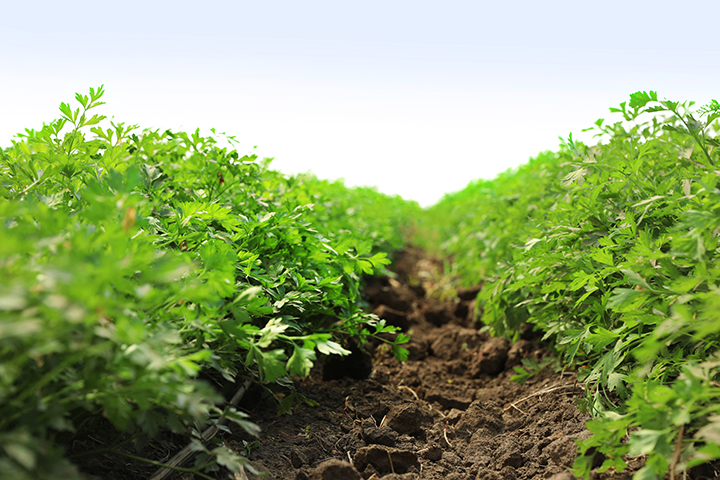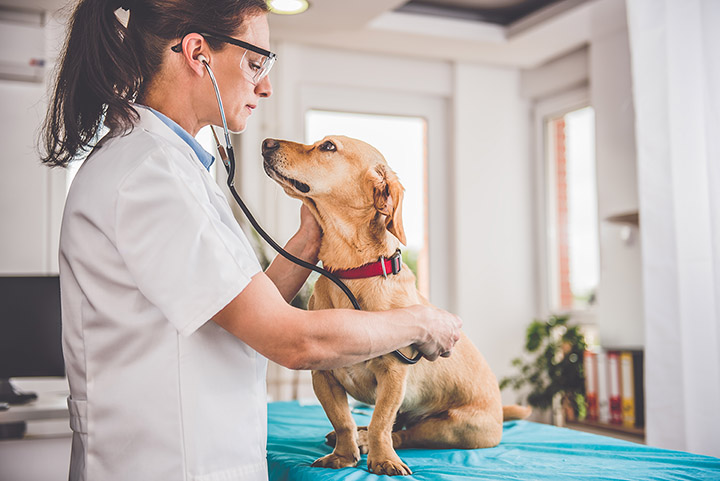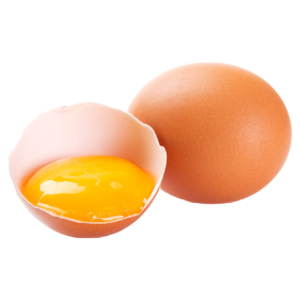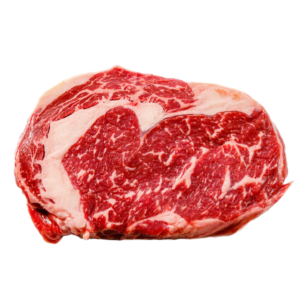- About
- Return to Menu
- Our Ingredients
- Our Approach
- The Science Behind The Diets
- Learn
- Shop
- Webinars
- Return to Menu
- Bladder Health in Cats
- Obesity, Diabetes, & Metabolic Disorders in Cats
- Chronic Kidney Disease in Cats
- Digestive Health in Canines
- Diet’s Foundational Role in Supporting a Dog with Cancer
- Diets Foundational Role In Supporting Your Dogs Skin Health
- Diet’s Crucial Role in Caring for the CKD Dog
- Contact
- For Veterinarians
- Reset Password
- Login

- Cart
- Return to Menu
- Return to Menu
- Return to Menu
- Return to Menu
An Approach
Rooted In Whole Foods and Grounded In Modern Science
Starts with Real, Whole Foods
No sub-ingredients, no meat meals, just organic produce and clean USDA-inspected and passed meats. Whether feeding a raw diet, home-cooked, or freeze-dried, a real, whole food diet benefits every aspect of health. Studies show that whole food nutrition encourages better digestibility, smaller and regular poops, & more diverse microbiota.
Starts with Real, Whole Foods
No sub-ingredients, no meat meals, just organic produce and clean USDA-inspected and passed meats. Whether feeding a raw diet, home-cooked, or freeze-dried, a real, whole food diet benefits every aspect of health. Studies show that whole food nutrition encourages better digestibility, smaller and regular poops, & more diverse microbiota.
Then A Closer Look at Food & Disease
from A Scientific Perspective
With disease, you have to take a deeper look at food and its architecture. Then pair that with the intimate understanding of disease and treatment from clinical experience and scientific evidence.
What the Research Says
Scientific evidence steers treatment. Consider just a few insights from research.
Limit phosphorus to ease the workload on the kidney.
– In the case of the kidney patient, limiting phosphorus eases the workload for the kidney, while moderate, quality protein maintains body weight and lean muscle.
High protein, low carb for metabolic health.
– In overweight dogs, research suggests that a higher protein diet may improve immune metabolic health and satiety. And that for both dogs and cats, hormonal imbalance is associated with chronic high-carbohydrate consumption.
How That Guides The Decision Around Ingredients
Following modern scientific evidence and clinical experience, we carefully select foods that can address these specific needs to nurture healing.
There’s no better example of functional whole foods for the kidney patient than the egg and its shell.
-Eggs are complete proteins and low in phosphorus, making them an excellent addition to the low phosphorus CKD diet.
-The shell is rich in calcium carbonate, which binds phosphorus to the gut so it can be disposed of.
Proportions are equally as important as quality when picking foods for their form and function.
For the overweight dog, feeding high protein/low glycemic index carbohydrate diets can promote & maintain weight loss, control obesity, and curb their preventable diseases.
– The protein has to be clean, quality meat-based protein, which is easier to digest, not 4D meats, meat meals, or plant protein.
– The small percentage of carbohydrates from low-glycemic, antioxidant-rich vegetables.
Why The Process Plays A Crucial Role In This Approach
Fresh, whole foods offer the most vitamins, minerals, active enzymes, and antioxidants. Once the food is processed (cooked) in any way, though, these nutrients are diminished if not lost entirely. The more heat processes food goes through– kibble goes through 4 different cooking processes that reach 400º F –the fewer nutrients that are left in that food.
Using processes like freeze-drying creates a minimally processed, shelf-stable food that still allows for the majority of the nutrients found in food to stay intact. The process retains 97% of food’s original vitamins and minerals, which reinforces the importance of using real, quality whole foods.

Our Ingredients
Every pet benefits from whole foods because real food functions synergistically, meaning all of the nutrients in food – the macronutrients, vitamins, minerals, and enzymes combine for an even greater effect than any could on their own.

The Science Behind the Diets
Modern science shows that by changing even 1/5 of the bowl to real food, you can significantly decrease the markers for disease. So, why is kibble so behind the times?

Our Network
Veterinarians who are committed to improving the health and happiness of their patients.

Our Ingredients
Every pet benefits from whole foods because real food functions synergistically, meaning all of the nutrients in food – the macronutrients, vitamins, minerals, and enzymes combine for an even greater effect than any could on their own.

The Science
Modern science shows that by changing even 1/5 of the bowl to real food, you can significantly decrease the markers for disease. So, why is kibble so behind the times?

Our Network
Veterinarians who are committed to improving the health and happiness of their patients.
- Automatically re-order your favorite products on your schedule.
- Easily change the products or shipping date for your upcoming Scheduled Orders.
- Pause or cancel any time.



